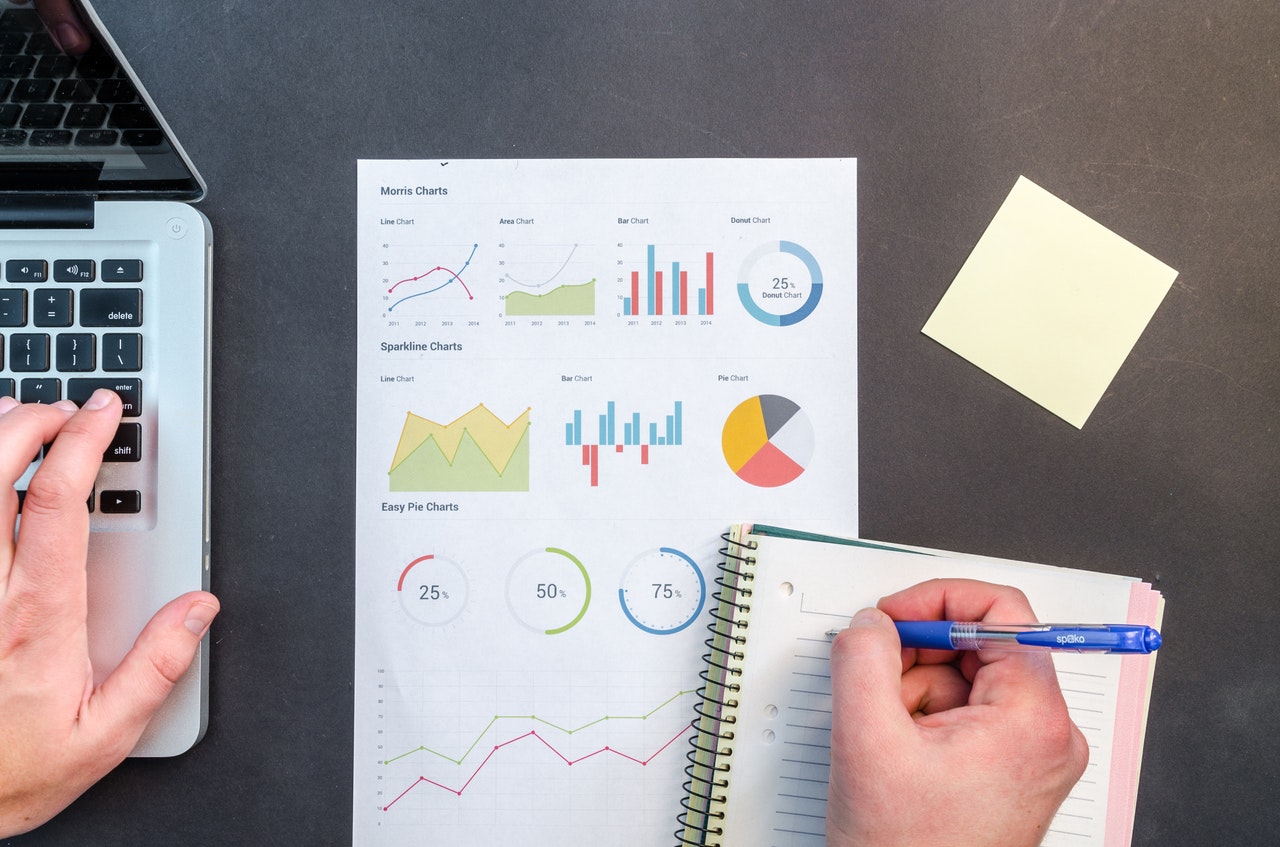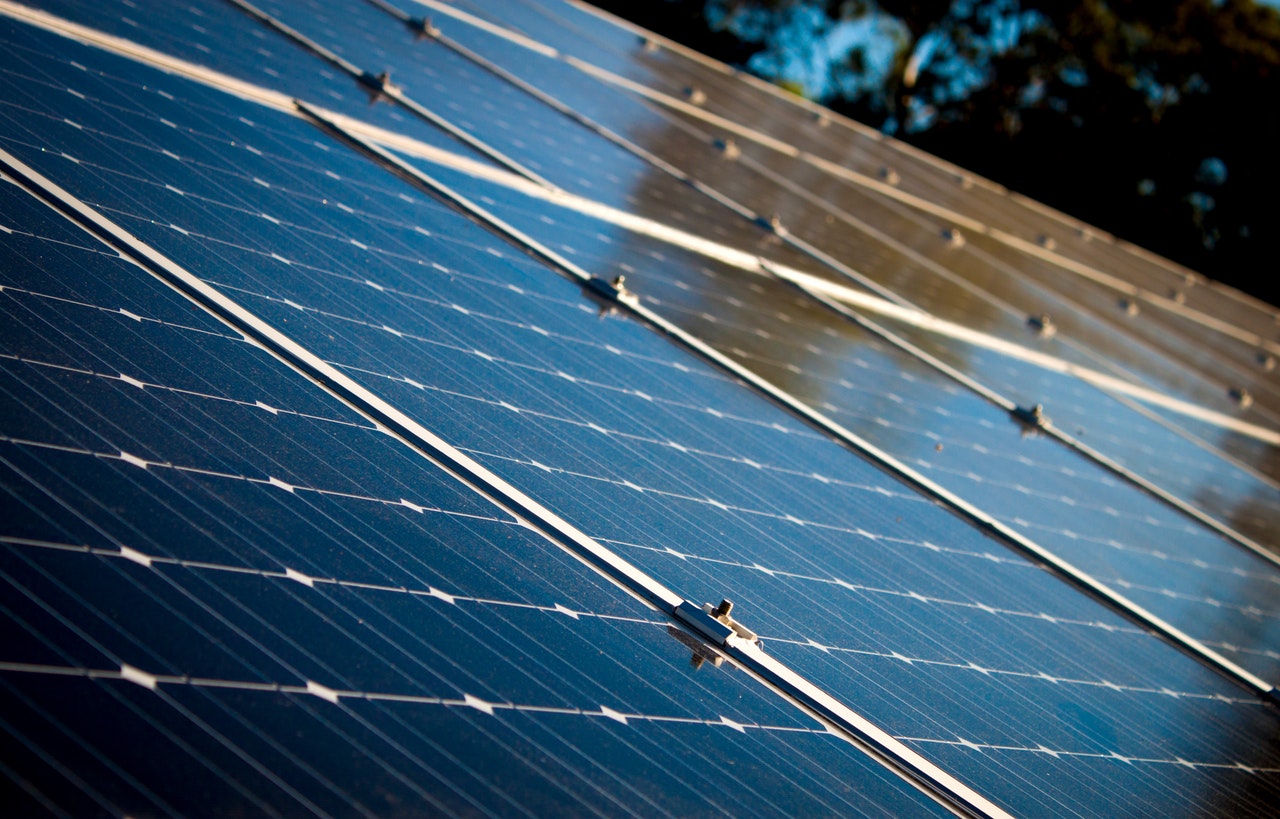A multitude of businesses and organizations are making the switch to renewable energy. Whole Foods, The World Bank, and Dannon are among the first to successfully lead the way into a fully clean and renewable future. Many business owners find this to be admirable and inspiring, compelling them to take this positive example and follow in the footsteps of green pioneers.
While switching to renewable energy is a worthwhile pursuit, it does require a handful of special considerations and a substantial amount of effort. Ultimately, your business (and the planet) will see the fruits of your hard work, and that’s a spectacular reason to celebrate.
1. The Cost Factor

Converting to renewable energy, no matter which energy production method you use is going to cost you something up front. Even the most economical solar panels will still add up, as you’ll need a substantial amount of them to exclusively power a business. No matter how much you spend, it will still translate to savings on energy costs. The real question is where the breakeven point is. If it’s going to take you two whole years of renewable energy use before your upgrade “pays for itself”, so to speak, that’s perfectly fine. You just need to know at what point your expenses translate into savings.
2. What Is The Most Viable Energy Source?

You may have your heart set on solar panels, but your business may not have a strong enough roof to support them. If you own your building (rather than lease it), you would need to pay to have a stronger roof put on before solar panels become a viable option.
And what about the trees that block the sunlight? Will they interfere with energy production? If you’re attempting to go green, the last thing you want to do is cut down ten trees to make solar panels feasible.
As far as wind towers go, they only work when enough wind is present to generate sufficient power. If the property surrounding your business doesn’t regularly receive the wind you need, it may be futile to attempt to switch exclusively to wind power.
Even if you have some seemingly insurmountable obstacles, you may still be able to power your business with renewable energy partially. It may not have been your original goal, but it’s still a step in the right direction to reduce your dependence on other energy sources.
3. What if I Produce An Excess of Energy?
Some areas allow excess energy to be sold to other homes or businesses. If your current utility provider would be interested in taking that excess energy off your hands, you’ll need to arrange a deal. Not every utility provider is equipped to handle surplus green energy, and this is something you’ll want to keep in mind. You might be able to scale down the amount of energy you’re generating if you find that you’re producing a lot more than you need.
Some businesses powered by renewable energy will let their employees take excess energy home with them. If you encourage your employees to bring in electronics or backup battery packs that need charging, you can set up a charging station at work. You’ll effectively be helping them reduce the amount of non-renewable energy they’re consuming at home. The impact of your energy will extend beyond your four walls.
4. How Should I Go About Obtaining Renewable Energy?
Some areas have rules and regulations about renewable energy. Zoning and ordinances may not permit certain infrastructure. Before you move forward, look into what you need to do in order to remain compliant with your area’s laws. It would be a shame to start the process, invest the money, and then find out that your relevant local committees won’t allow you to use them. In the worst-case scenario, you can switch locations when your lease runs up and implement your plans later.
5. The Transition Plan
Renewable energy goes further than just keeping the lights on to the office. To make the most of the green power you’ve generated, you’ll want to switch to energy-efficient equipment, appliances, and lighting solutions. Going paperless can also have a significant environmental impact. There are many layers to becoming fully sustainable, and you’ll want to implement as many of those layers as possible.
Despite all of the effort needed to achieve complete sustainability, the proof is in the pudding. Not only are you having a positive impact on the planet, but you’re ultimately saving money on utility bills and supply costs.


